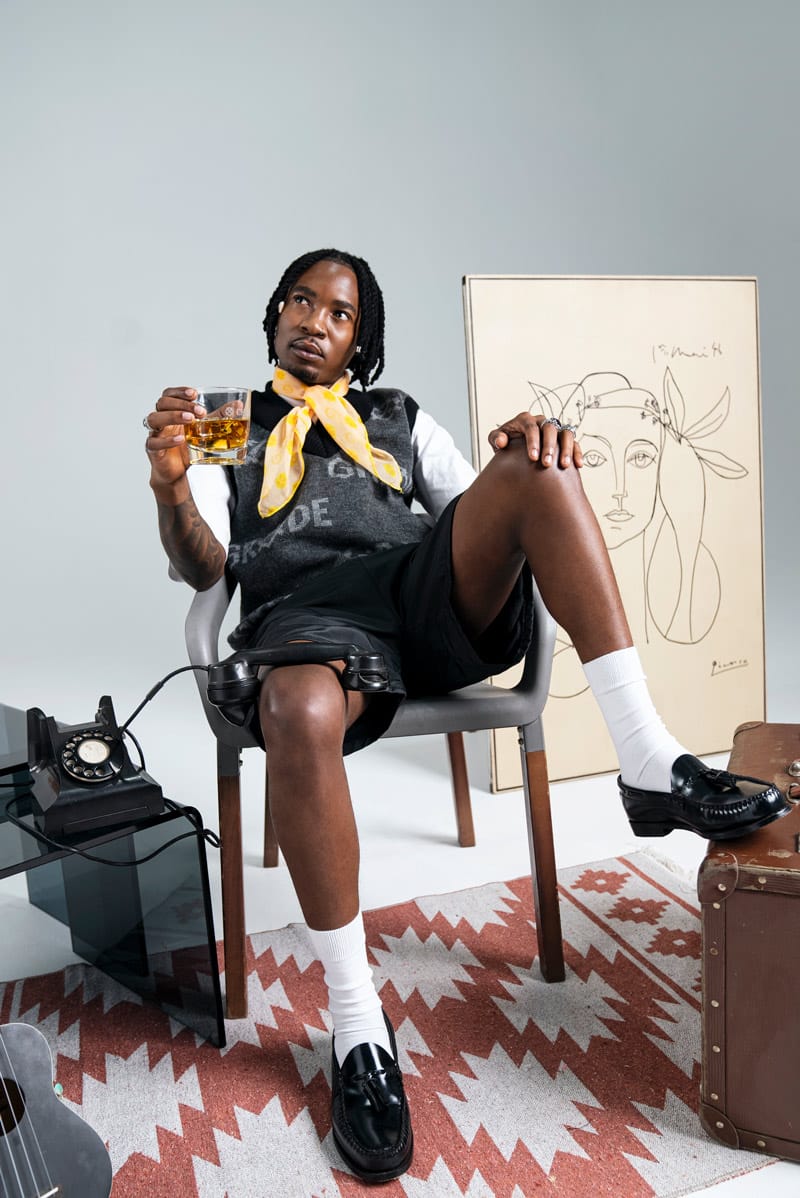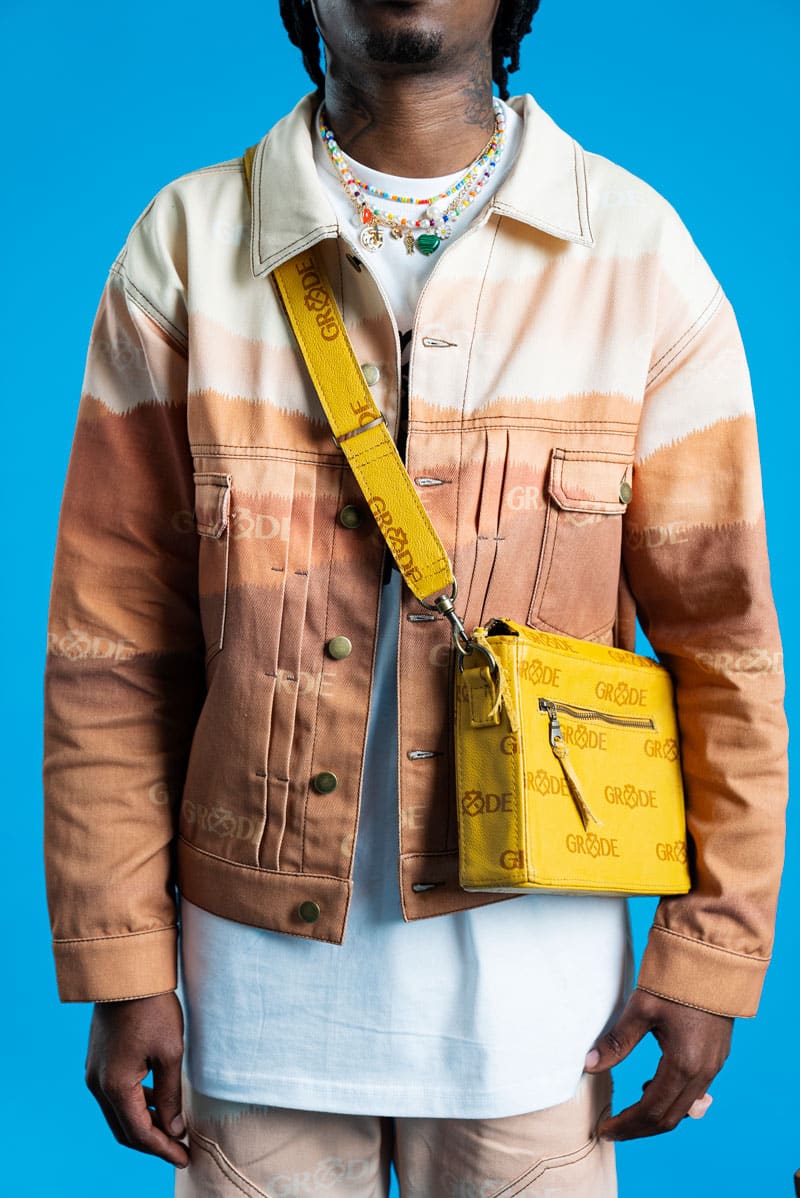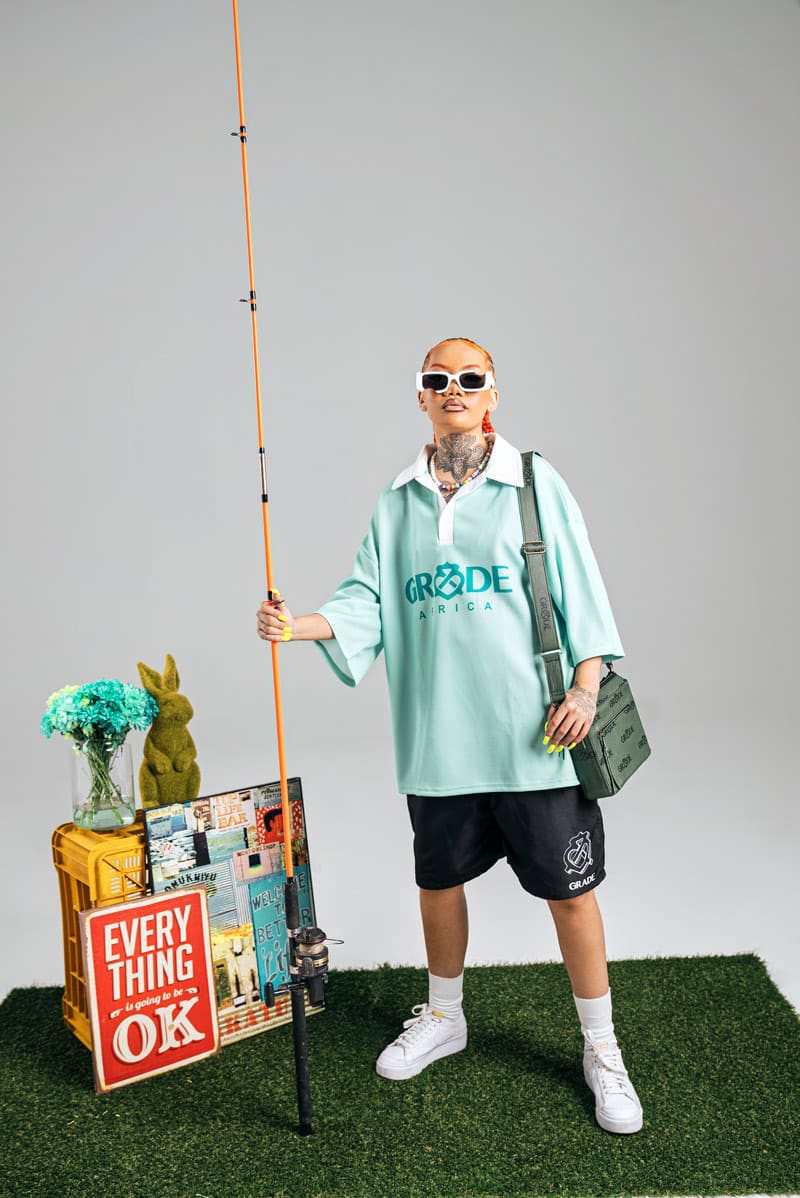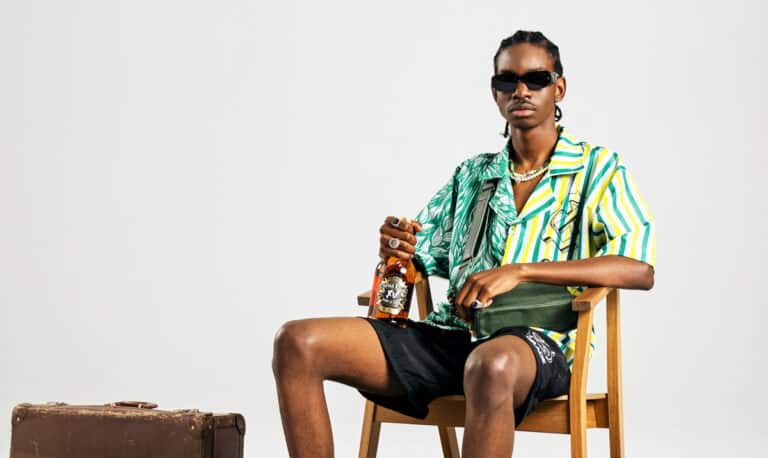Whisky brand Chivas raises a glass to emerging designers with new ‘A Grade’ streetwear collection
Whisky brand Chivas has just announced that, in an effort to further its work in helping cultural leaders work with upcoming young talent to both nurture their skills and provide unique opportunities, it is dropping A Grade, a new streetwear capsule collection created in partnership with four emerging designers under the mentorship of Zaid Osman—founder of Africa’s largest youth culture festival Sneaker Exchange and streetwear brand Grade Africa. Collectively, Osman and Chivas are providing young designers with the tools needed to produce a sustainable nine-piece collection.
This initiative was made possible thanks to Chivas Venture, a global programme created in 2014 with the aim of providing funds and support to the next generation of creative entrepreneurs which, this year, has witnessed a revamp for a grassroots approach that supports social change in local communities. Working with local cultural leaders around the world, this change meant that Chivas could get into “the heart of communities and help with issues that really matter,” as the company states on its website, continuing, “Upcoming young talent who hustle hard will be taught skills and provided opportunities by these leaders, so that they can build their empire while doing good in the world.”
The collection has been designed by South African streetwear legend Osman and emerging designers Sabelo Shabalala, Josh Badenhorst, Robyn Agulhas and Lindiwe Modiselle. Together, they proudly designed and produced an impactful clothing line. With sustainability at its heart, A Grade is fully sourced and manufactured in Africa, supporting local employment.



Key pieces within the nine-piece collection include the Grade School Varsity Jacket, which was inspired by the idea that no matter what cards we are dealt in life, we need to play them to create a better future for the next generation; the Valley Two Piece, a design inspired by the valleys of Scotland and the mountains in Cape Town; the Homage Jersey, which, like its name indicates, pays homage to South Africa’s rich rugby heritage; and the Fisherman Hat, which took inspiration from South Africa’s fishing culture and what it represents—an entire culture of hustle and hard work.
Proceeds from the sales of the collection will be given back to the designers’ own businesses and donated to Grade Africa—whose mission is to eliminate extreme poverty and bring unique opportunities back home.
According to Chivas and as reported in Forbes, since its inception, Chivas Venture has distributed $6 million to 142 social entrepreneurs across more than 65 countries—directly impacting and improving the lives of 3.3 million people. This includes providing 34 million litres of safe drinking water to communities, recycling 1,300 tonnes of waste, helping over 2,500 farmers’ families out of poverty and funding over 75,000 days of education for women and girls.
With South Africa being the first country to pilot Chivas Venture’s exciting new format, the company is hoping to branch out across multiple countries and work with more go-getters of the world in the future. “We’re aiming to drive positive change in local communities, worldwide,” states its website’s mission.
Here at Screen Shot, we’re all about supporting emerging talents and giving back to the local communities that need it most—and we’re never ones to say no to some good old shopping. So why not mix ‘business’ (your need to drive change) with ‘pleasure’ (finally getting that varsity jacket you’ve been dreaming of)? Shop the full collection here.






